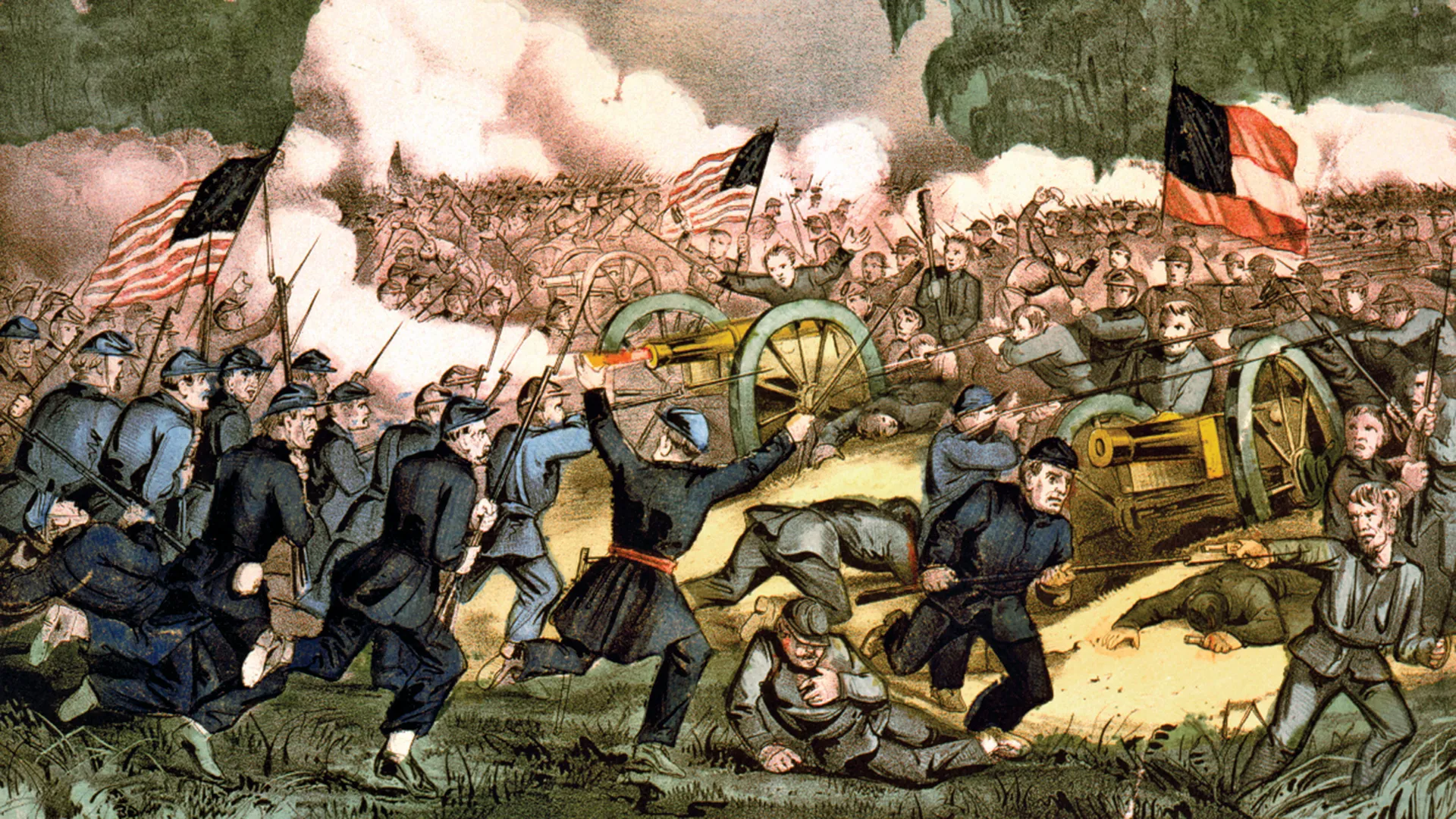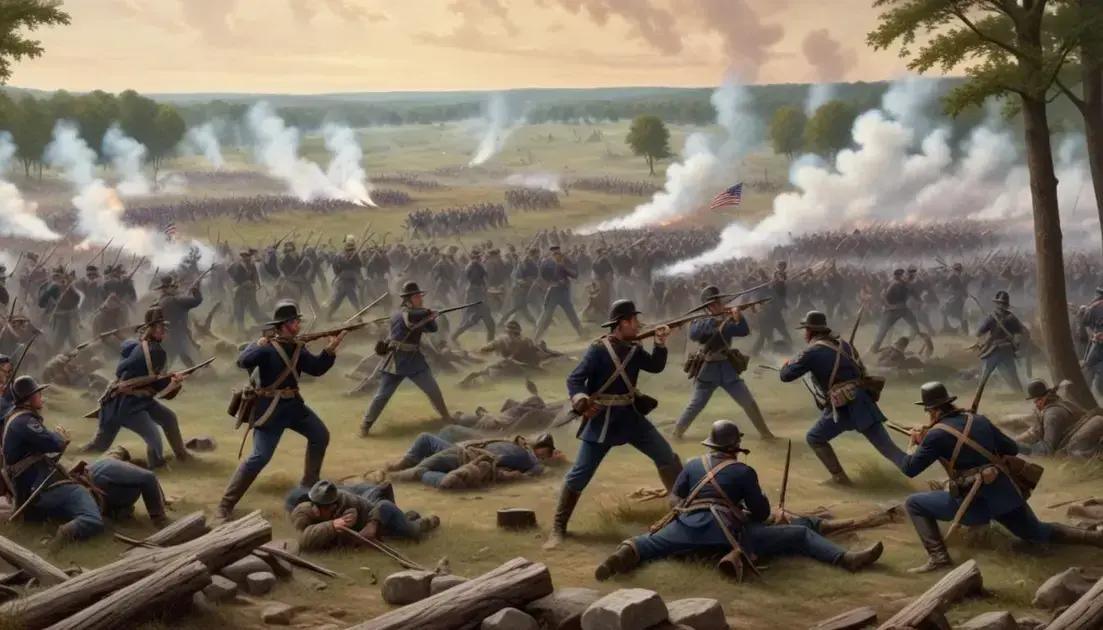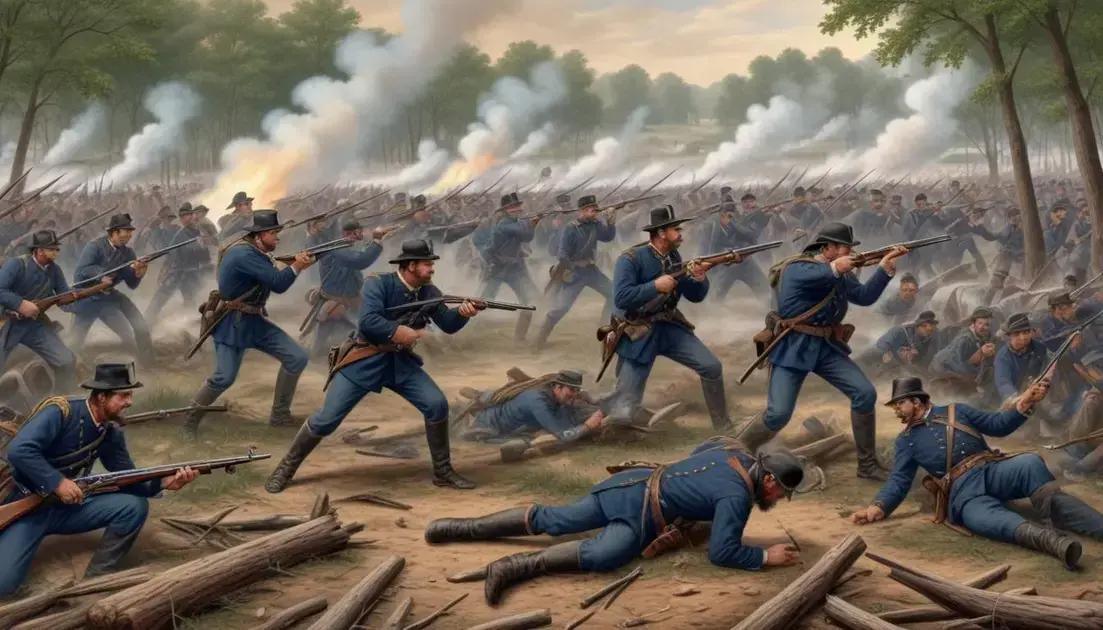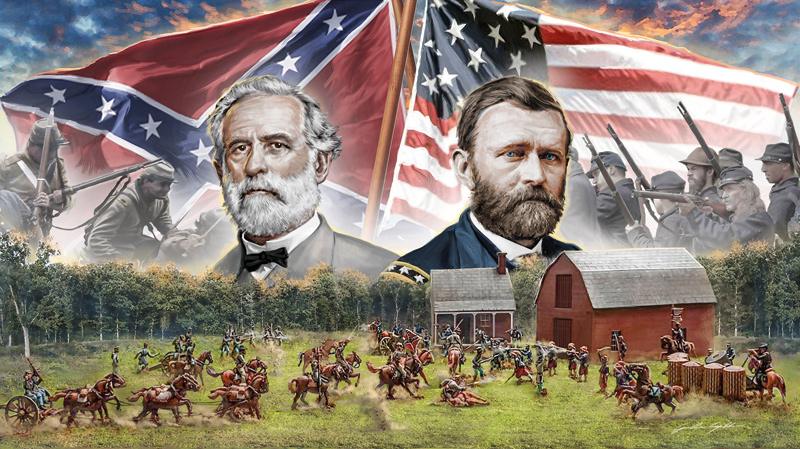
The Decisive Turning Point: How the Battle of Gettysburg Changed the Course of the American Civil War
The Battle of Gettysburg, fought from July 1 to July 3, 1863, was a pivotal conflict in the American Civil War that took place in and around the town of Gettysburg, Pennsylvania. It was the largest battle of the war and is considered a turning point in the conflict. The battle was fought between the Union and Confederate armies, with the Union ultimately emerging victorious.
The battle began on July 1, 1863, when Confederate General Robert E. Lee’s Army of Northern Virginia launched an invasion of the North. Lee’s army had been victorious in the battles of Chancellorsville and Fredericksburg, and he hoped to win a decisive victory on Union soil that would force the Union to negotiate a peace treaty. The Union Army of the Potomac, led by General George G. Meade, was aware of Lee’s plans and prepared to meet him in battle.
The first day of the battle saw Confederate forces push the Union cavalry and infantry out of the town of Gettysburg and into the surrounding countryside. The Confederates then launched a series of attacks on the Union positions on the high ground to the south and west of town, but were repelled with heavy casualties. Despite this, the Confederates managed to establish themselves on the Union’s left flank, which threatened to cut off the Union army’s line of retreat.
On the second day of the battle, Lee’s army launched a massive assault on the Union positions on Cemetery Ridge, the high ground to the south of town. The attack, known as Pickett’s Charge, was led by Confederate General George Pickett and involved over 12,000 men. The charge was repelled by Union artillery and rifle fire, and the Confederates suffered heavy casualties.
The third and final day of the battle saw the Union army launch a series of counterattacks, including a charge by the 20th Maine Infantry Regiment against the Confederate position on Little Round Top. The Confederates were unable to recover from their losses on the second day, and their army began to retreat from the battlefield.
The Battle of Gettysburg was a decisive Union victory, with estimated casualties of over 50,000 men. The Confederates lost over 28,000 men, including many of their most experienced and skilled soldiers. The Union army lost over 23,000 men, but they had gained a crucial victory that would help to turn the tide of the war.
The battle had a profound impact on the course of the war. The defeat at Gettysburg marked the end of Lee’s invasion of the North, and the Confederacy never again launched a major invasion of Union territory. The battle also marked a turning point in the war in terms of public opinion, with many Americans beginning to see the war as a struggle for freedom and unity rather than simply a conflict between North and South.
In the years that followed, the Battle of Gettysburg was remembered as a defining moment in American history. The battle was immortalized in literature and art, and it remains one of the most famous battles in American history. In 1863, President Abraham Lincoln delivered the Gettysburg Address, a speech in which he honored the fallen Union soldiers and reiterated the principles of equality and liberty upon which the United States was founded.
Today, the Battle of Gettysburg is remembered as a testament to the bravery and sacrifice of the soldiers who fought there. The battlefield is now a national park, and it attracts hundreds of thousands of visitors each year. The battle is also commemorated in a variety of ways, including monuments and memorials, and it continues to be an important part of American history and culture.
In conclusion, the Battle of Gettysburg was a pivotal moment in American history. It was a decisive Union victory that marked a turning point in the Civil War and had a profound impact on the course of the war. The battle is remembered as a testament to the bravery and sacrifice of the soldiers who fought there, and it continues to be an important part of American history and culture.


